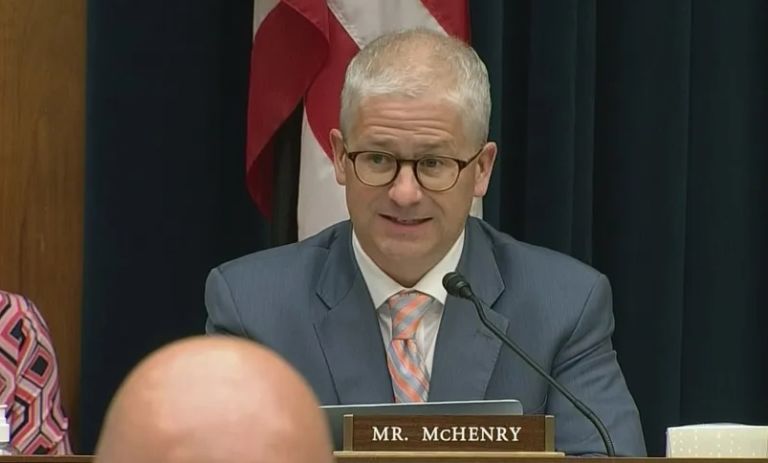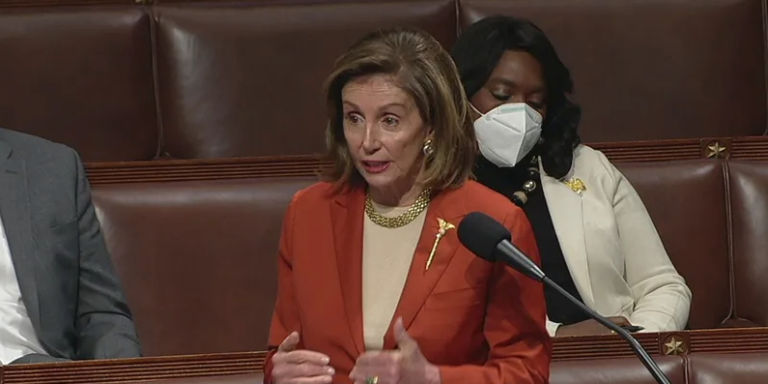Chris Edwards of the Cato Institute explains why the feds should not throw more money at state governments.
President Biden and the Democrats are including $350 billion in aid for the states in their $1.9 trillion stimulus bill. But state and local budgets are in decent shape, and finances will continue to improve as the economy recovers. Further state handouts are not needed.
Policymakers may think that state and local budgets are in crisis because that is what news reports have been claiming most of the past year. Unfortunately, reporters have been misled by spending advocates overstating state and local budget challenges. The same thing happens with spending on infrastructure, defense, and education. Advocates frame narratives about how the world will end without more spending, and reporters tend to believe them.
However, as positive data on state and local budgets continues to roll in, news outlets are beginning to revise their stories. The Wall Street Journal reported last week that “Covid-19’s Hit to State and Local Revenues Is Smaller Than Many Feared.” Moody’s Analytics, which was far off base in claiming budget shortfalls of $500 billion, is now only claiming shortfalls of $330 billion.
Even the pessimists at Moody’s had to start changing their tune when states such as California began reporting budget windfalls rather than crises. Revenues are pouring into Golden State coffers as the tech industry and the top 1 percent who pay half of the state’s income taxes ride high. …
… Nationwide, tax revenues were up modestly in 2020 over 2019, not down. After revenues dipped in the second quarter, they bounced back strongly in the third and fourth quarters. Personal income and property tax revenues were up for the year, while sales tax revenues were down. …
… Spending advocacy groups are still claiming that state and local budget “shortfalls” are hundreds of billions of dollars. It is true that tax revenue growth in 2020 was slower than projected before the pandemic, but that is only a “shortfall” if you assume that budgets must always grow at the strong pre??pandemic rates.


